The most beautiful spurge (Euphorbia pulcherrima), also called poinsettia (Poinsettia), is a representative of the genus Euphorbia of the Euphorbia family. In the wild, such a plant can be found in the tropical regions of Central America and Mexico. This plant is an evergreen shrub because it grows up to 4 meters high in the wild in its habitat. However, when grown at home, the height of the bush reaches only 0.3–0.5 meters. Dark green elliptical leaf plates have petioles, a scalloped edge and a length of 10 to 15 centimeters. The rosette-shaped inflorescences consist of pale yellow small flowers, and around them are formed bracts of a deep red color, while unknowing people believe that these are flowers. To date, thanks to breeders, varieties with white, pink, yellow bracts, as well as two-color ones, have appeared. This plant was named after the first American Minister of Mexico, Joel Roberts Poinsett, who was fond of botany and admired the beauty of poinsettia. Such a plant blooms at Christmas, in this regard, it is also called the "Christmas star" or "Star of Bethlehem".
Content
Brief description of care
- Bloom... This culture blooms on the eve of Christmas and New Year.
- Illumination... A bright, but diffused light is required (windows with east or west orientation).
- Temperature... During active growth and development - from 18 to 25 degrees, during the flowering period - from 14 to 16 degrees, during rest - from 12 to 14 degrees.
- Watering... In the summer, the bushes are watered abundantly and systematically, and in the winter, the soil should be slightly moistened.
- Air humidity... During the flowering period, the bushes need to be systematically moistened with lukewarm water from a sprayer.
- Fertilizer... The plant is fed in spring, summer and autumn 2 times a month with complex mineral fertilizer. During the flowering of bushes, you will need a fertilizer containing a large amount of potassium.
- Pruning... Twice a year: in April, the bush is shortened to 15 centimeters, and after the transplant, the plant is formed.
- Dormant period... In March or April for 6-7 weeks.
- Transfer... Regularly once a year after the end of the rest period.
- Reproduction... Cuttings.
- Pests... Thrips, mealybugs, whiteflies, scale insects, spider mites.
- Diseases... Gray rot, powdery mildew, fusarium.
Growing poinsettia
As a rule, the most beautiful euphorbia is acquired during flowering in the store and presented as a gift for Christmas. Most often, when a bush fades, it dies, but if it is properly cared for, then such a plant will become a perennial, and it will decorate your home every Christmas. Tips for growing poinsettia:
- After the foliage begins to fly around, it is necessary to reduce the watering of this plant, while the substrate should be practically dry. You also need to stop applying fertilizer to the soil mixture and shorten the shoots to 15 centimeters from the ground level. Then the container with the flower is placed in a cool and dark place, where it should stay until May.
- With the onset of May, stimulation of the beginning of the growth of the poinsettia will be needed, while it must be placed in a sunny place. Then you should start watering and fertilizing with mineral fertilizers. After the bush starts growing, transplantation into a fresh substrate will be required.
- In the first days of October, plants should be put in a box that does not let light through at night. Or the pot can be put in a closet, while it should be there for at least 14 hours a day. This helps to stimulate the bud setting of the bush.
- From the beginning of the opening of the bracts, the bushes need to be provided with normal care.
When growing the most beautiful milkweed, remember that the milky juice that it secretes is poisonous. The sap can be most harmful if it gets into the eyes. There have been cases when the juice of this plant was the cause of the development of an allergic reaction. If it gets into the gastrointestinal tract, it will provoke vomiting and intestinal upset. In this regard, when working with a flower, you must wear protective gloves.
All members of the Euphorbia family are poisonous. However, the care of such plants varies greatly depending on the species.
Poinsettia care at home
It is recommended to grow the most beautiful euphorbia on windows of east or west orientation. It should be borne in mind that such a flower reacts extremely negatively to drafts and direct sunlight. During the active growth of the bush, the temperature in the room should be from 18 to 25 degrees, during the flowering period - from 14 to 16 degrees, and during dormancy - from 12 to 14 degrees.
In summer, the bushes need to be watered systematically and abundantly. At the same time, watering should be reduced in winter, the substrate should be only slightly damp. After the bush begins to bloom, it must be moistened with lukewarm water from a sprayer.
Top dressing
Top dressing of such a plant must be carried out in the spring, autumn and summer period 1 time in half a month, for this, a complex mineral fertilizer is used. When the bush blooms, it will need fertilizers with a high potassium content. But most gardeners are superstitious and do not feed poinsettia during flowering.
Transfer
The transplant is carried out in the spring, as a rule, in April – May. This is done at the end of the dormant period after the young foliage appears at the bush. For planting, you need to use a slightly acidic substrate, which includes clay-sod, leaf and sod soil, and also sand in a ratio of 3: 2: 1: 1. A drainage layer must be made at the bottom of the pot. At the time of transplanting, the new pot should be slightly larger than the old one. In order for the bushes to suffer as little as possible during transplantation, you should resort to the transshipment method.
Trimming poinsettia
Pruning the most beautiful milkweed will not be difficult. This procedure is carried out 2 times a year: in the first days of April during the dormant period, while the bush is shortened to 15 centimeters from the substrate level, and also after transplantation, when young shoots begin to grow at the bush.Thanks to pruning, it will be possible to form a spectacular bush, while cutting out all weak stems, they can, if desired, be used as cuttings for vegetative propagation.


Watch this video on YouTube
Reproduction of poinsettia
Under natural conditions, such euphorbia reproduces in a generative (seed) way. When grown in indoor conditions, the propagation method of such a plant is by cuttings. Cuttings should be harvested in the first summer weeks, they should be 70–100 mm long, and they should have at least 3–6 good buds. The cut must be made directly under the knot. The cut-off segments must be immersed in lukewarm water, where they should stay for several minutes, thanks to this, the poisonous juice can come out of the cutting. After that, the cut sites are treated with a solution of a product that activates the growth of roots. After that, they are planted in containers filled with a moist soil mixture, which should include dry manure, sand and humus. The container is removed to a well-lit warm place (from 24 to 28 degrees) without bright sunlight, while the container must first be covered with a film. Remember to spray and air the cuttings periodically.
After about 4 weeks, the cuttings should be fully rooted and can be moved to a cooler location, but not colder than 16 degrees. In autumn, young plants should be planted in pots, reaching from 18 to 20 centimeters across, only a year later the bushes will become very beautiful and begin to bloom.
Diseases and pests
Pests
In some cases, harmful insects such as thrips, scale insects, whiteflies, mealybugs and spider mites can settle on the bush. Mealybugs can produce a white, waxy substance, with whiteflies and aphids leaving sticky spots on the foliage. To destroy them, you can resort to folk methods or treat the bush with a systemic insecticidal drug. In order to get rid of scale insects and aphids, the foliage must be wiped on both sides with a solution of soap every day, and then it must be rinsed under the shower. In order to destroy the worms, the foliage is treated with mineral oil. However, most often, in order to destroy pests, you have to resort to the use of chemicals.
Diseases
Such a plant can get sick with fusarium, gray mold or powdery mildew. The development of gray rot is facilitated by increased air humidity, while gray molds appear on the inflorescences, stems and shoots, and brown specks form on the foliage. The affected bushes must be treated with Skor, Fundazol or Celandine.
Due to Fusarium, the stems first turn brown and then almost black, after which they wither and die off. In bushes affected by powdery mildew, a white bloom appears on the flowers and foliage, while as the disease develops under it, the bush gradually turns brown. To get rid of such fungal diseases, it is necessary to use fungicidal preparations, for example, Topaz, Celandine, Fitosporin-M or Skor.
Possible problems
Why poinsettia leaves turn yellow
If the bushes are in a cool room, and at the same time water regularly stagnates in the substrate, rot appears on the root system, and the foliage turns yellow.
Also, foliage may turn yellow if the room humidity is extremely low. Because of this, spider mites settle on the bush, due to which the color of the leaf plates changes.
Why poinsettia leaves fall
Foliage can fly around due to excessively low humidity in the room or due to stagnant water in the substrate in a cool room. Initially, the leaf plates turn yellow, and then fly around. Yellowing and flying of foliage is also observed with excessively poor watering.
After the Christmas holidays are over, the leaves on the bushes will turn yellow and fly around. This is how the plant is prepared for the dormant period.
In some cases, foliage can fly around due to poor lighting or a sharp change in temperature.
Why poinsettia does not bloom
Most often this happens due to the fact that the agrotechnical rules for growing this crop were violated. To avoid such mistakes, you need to carefully study the section on the flowering of the most beautiful milkweed. In order for the bush to bloom accurately, it is imperative to ensure the correct temperature and light conditions.
Poinsettia after flowering
The resting period for poinsettia begins in March or April, and it lasts for about 1.5 months. After the foliage begins to fly around the bushes, its stems need to be shortened to 15 centimeters from the surface of the substrate. Then the pot is transferred to a cool and dark place. The plant should rest well, it is only occasionally watered with a little water. In May, the dormant period will end, and the flower will need to be looked after in the same way as usual.
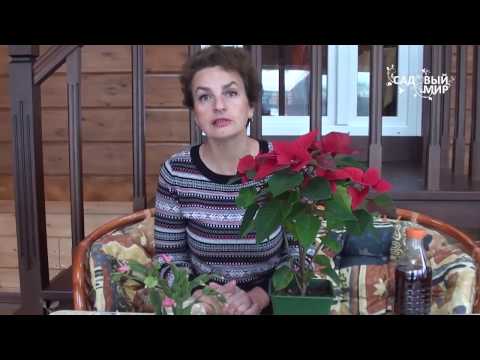

Watch this video on YouTube

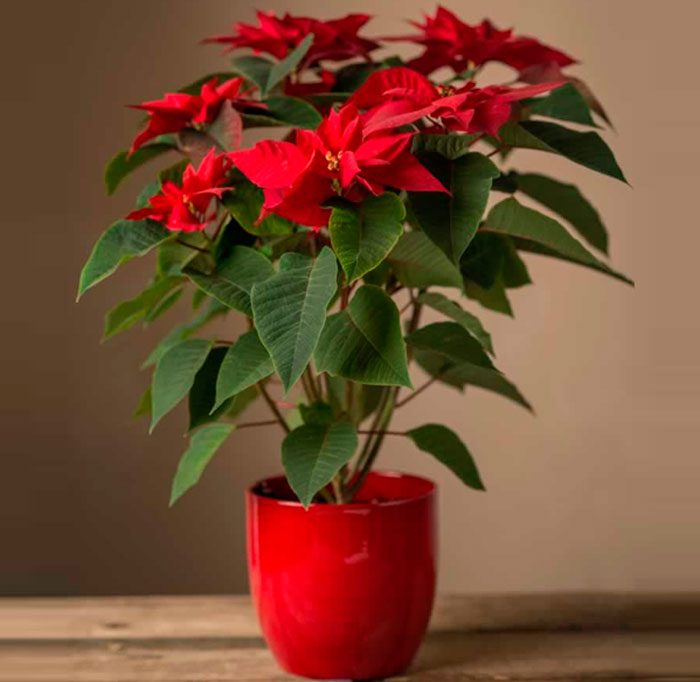
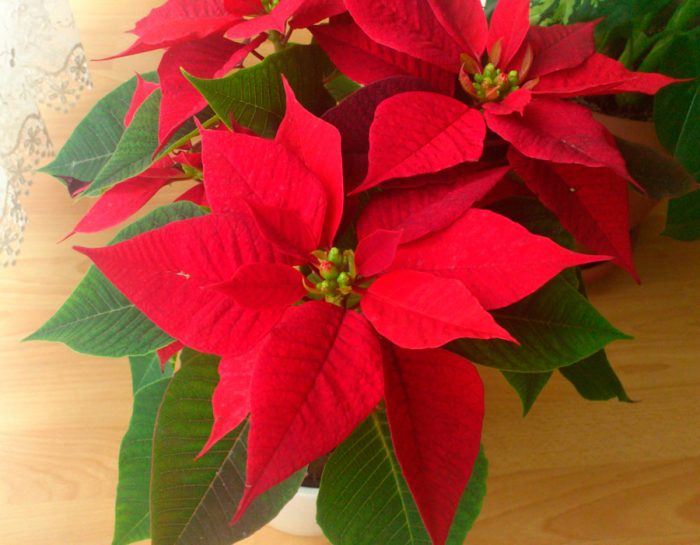
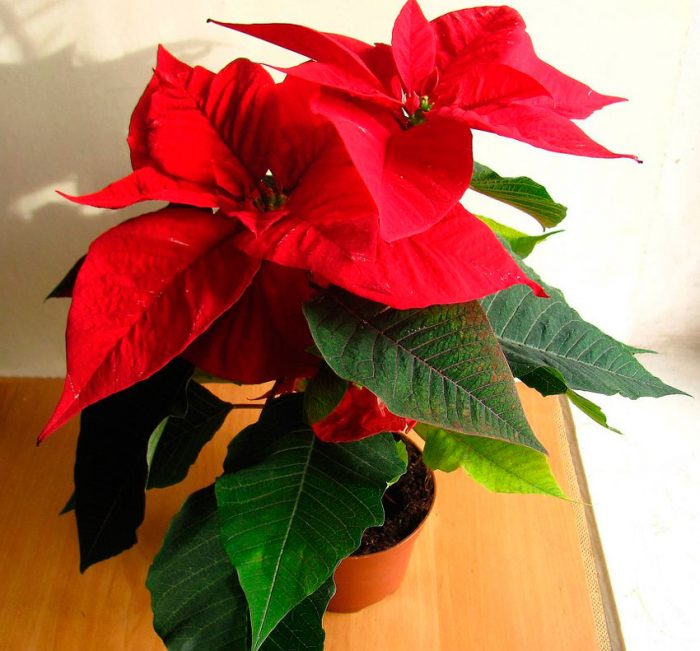
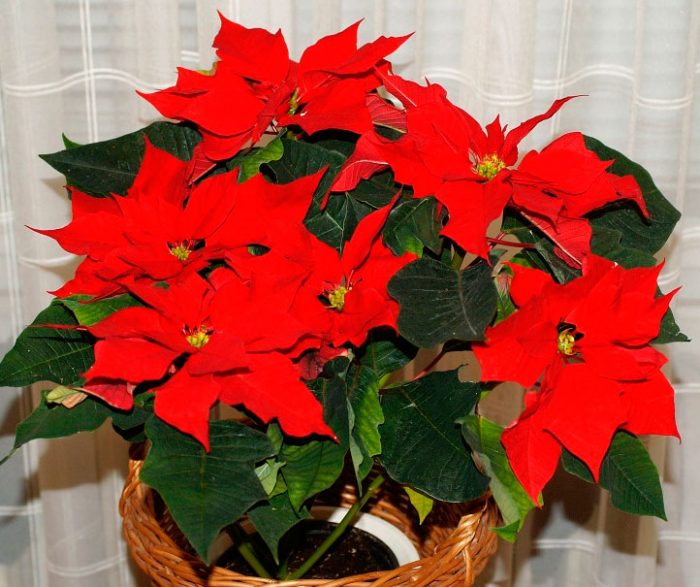
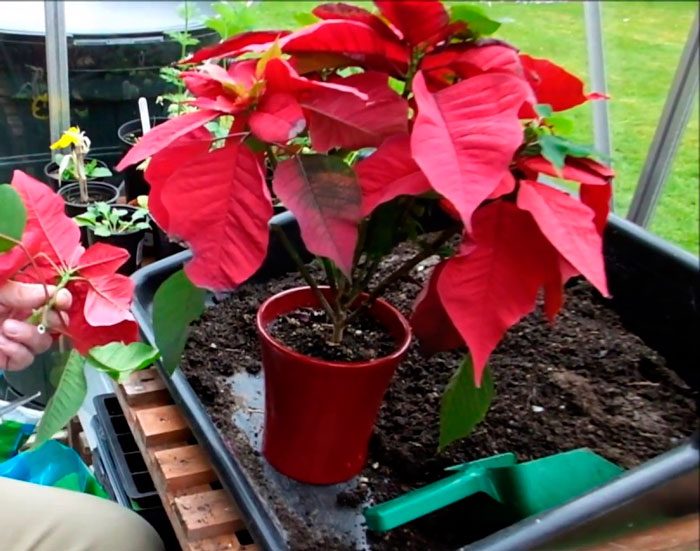
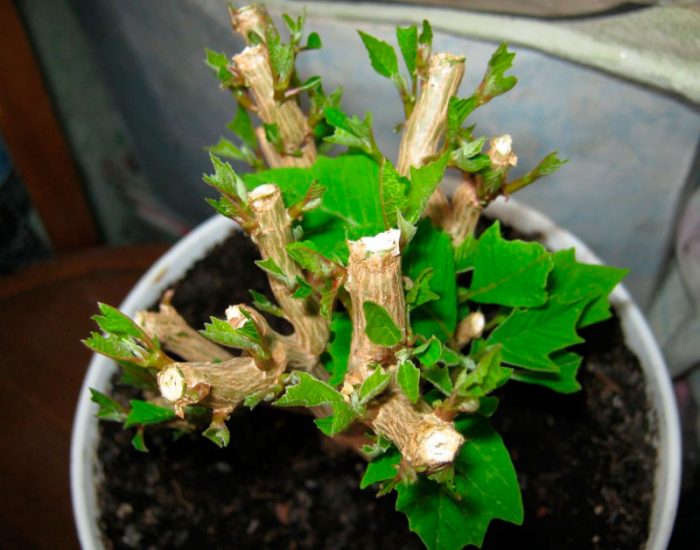
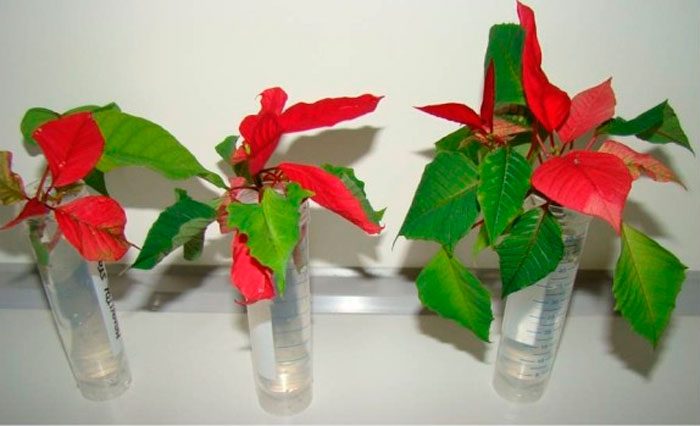
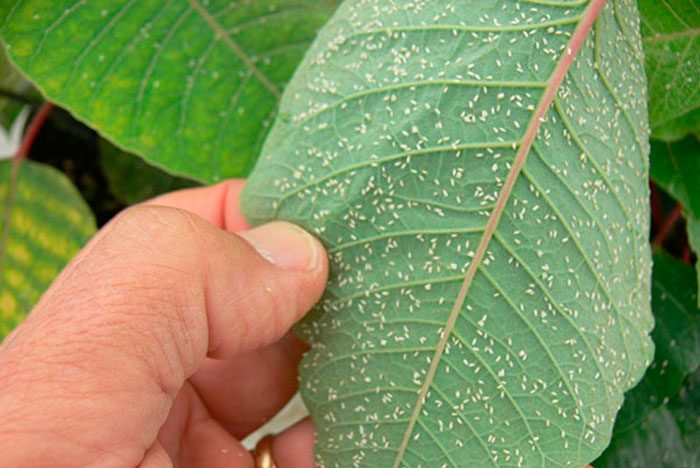
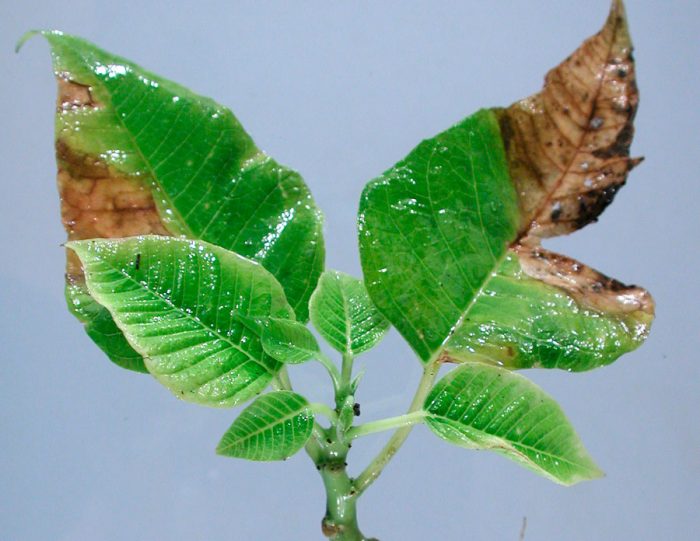
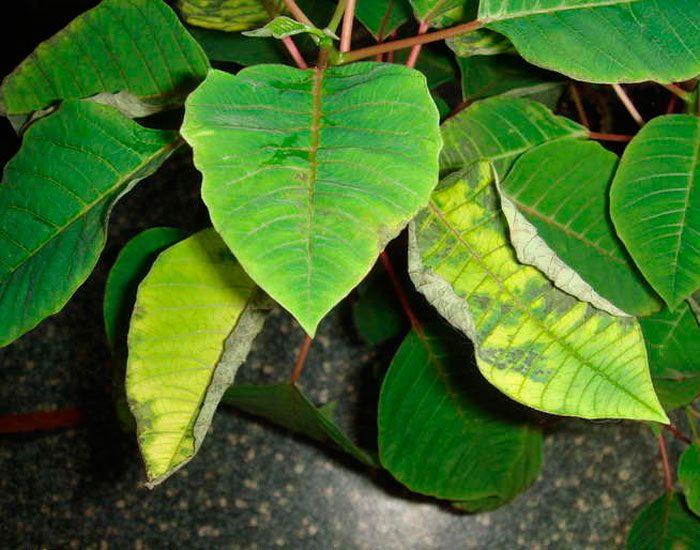
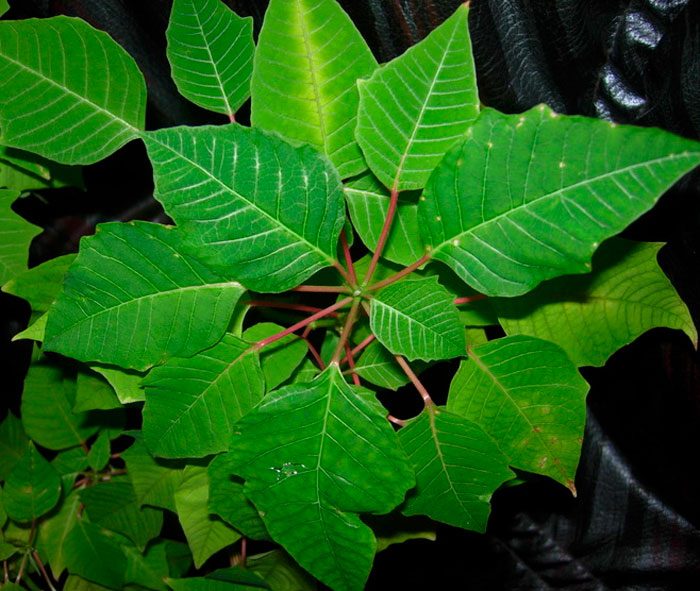
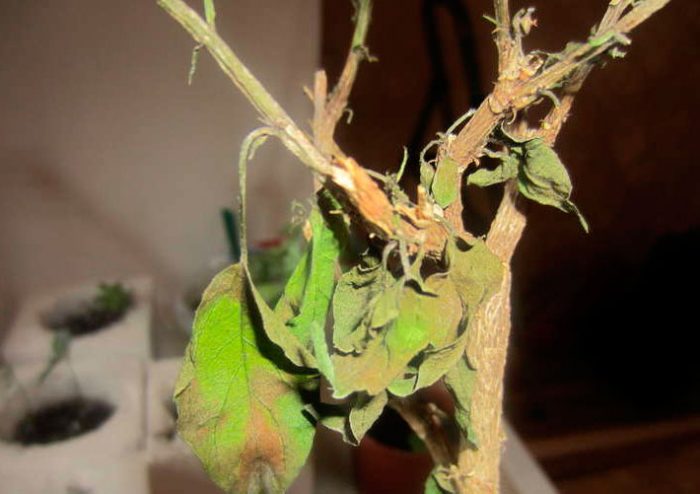
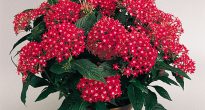
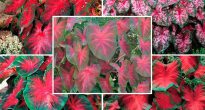
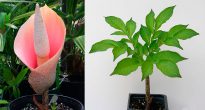

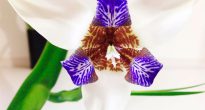
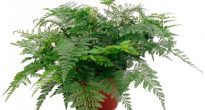


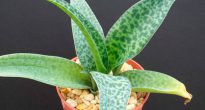

I was presented with a pointensia, it is about 60si high, I planted it, but can I trim it now?